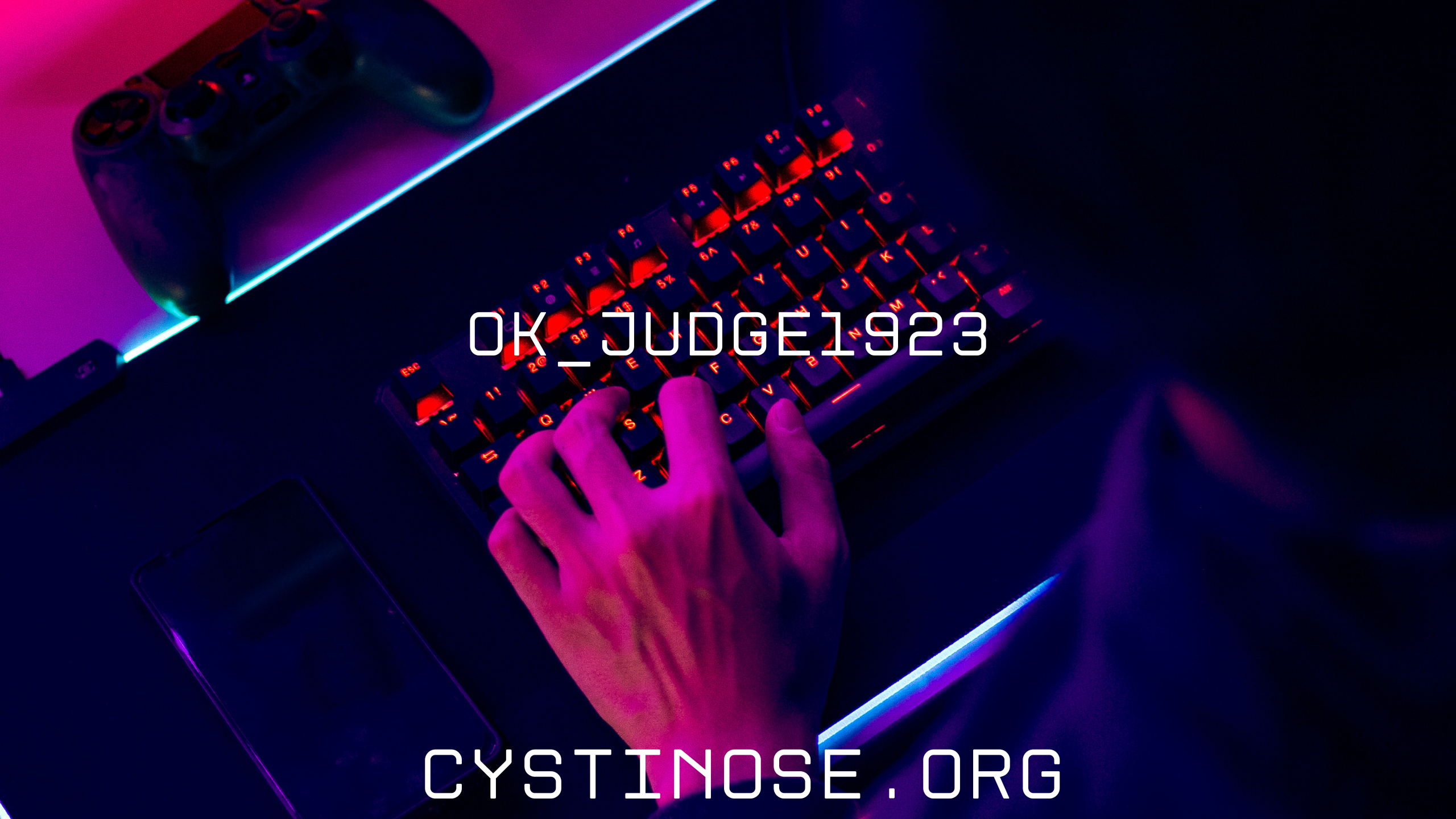Converting VHS tapes is a complicated process. Although there are many approaches for doing it, from home tools to a video transfer service, eliminating the imperfections in analog footage and transferring it into a digital format can be complicated if you’ve never done it before.

But because VHS tapes are becoming so impractical, most people are looking for ways to get them digitized anyway. They not only take up a lot of space but also deteriorate, which means that your home video collection might not survive another decade.
But what are some of the most common issues when converting VHS to digital? And how can you avoid them?
Let’s explore these questions below.
Table of Contents
Dirt And Mold
One of the more common issues with tapes arises before the digitization process can even begin. Videos that sit in storage for years or even decades accumulate all types of debris, and in some cases, even moisture. Because of that, dust can get inside the tape, and there might even be some mold growth.
As you can imagine, these issues must be solved before the digitization process can begin, because they not only are a risk for the footage inside the tapes but can significantly reduce the quality of the digitized video.
Luckily, there are a few relatively simple ways to clean your tapes and prepare them for digitization.
One method is to use a specialized tape cleaner, which will run the tape from the end to the beginning, cleaning it as it goes through it. The drawback of this method is that it will only clean the tape itself, and the cleaners are actually not easy to come by as they are a very niche tool.
Another method is to manually clean the VHS tape by taking it apart. Using a screwdriver, take the top part off and use a cotton swab and some isopropyl alcohol to remove any hard-to-clean stains or mold.
You can also use a soft cloth wipe to go through the tape itself. However, this method is not recommended, as the risk of damage is too great if you don’t have the tools or experience cleaning the tape itself.
Physical Tape Issues
Another area that can cause significant issues is when the tape has damage to its parts. There are a few common issues that can be hard to spot at first but can become apparent once you start the digitization process.
Let’s look at some of these problems and what can be done about them.
One thing that’s relatively easy to spot is loose tape. It can make it harder to produce consistent film quality and make the digitization impossible until the issue is fixed.
To deal with the problem, you will need to unscrew the tape, open it, and turn one of the reels with your fingers until there is adequate pressure between the two. It’s essential to be very careful when handling the tape, as even the smallest mark can cause damage.
Another common issue is a broken tape leader, which marks the end of the tape and is crucial when playing or transferring it. It prevents the tape from completely removing itself from the reel, and if broken, the tape may become unplayable.
Luckily, the fix is relatively simple as well. Once again, you will need to open the VHS cassette to evaluate the situation. Then, wrap some scotch tape on the inside of the reel, leaving some of it exposed, and then attach the leader to the adhesive side, ensuring that it won’t cause any more problems.
Finally, one of the most common issues with tapes is splicing. When the tape becomes brittle and snaps, the playback becomes impossible, and you’ll need to reattach it to proceed with digitization.
The good news is that if done correctly, the reconnecting of the tape doesn’t leave any lasting effects, and usually is almost not noticeable on the digitized video.
Playback Issues
Even if your tape looks in good shape from the outside, there may be problems you’ll notice when you start the digitization process. Some of them can be fixed at home, but with others, you might need help from a bulk photo scanning service that also does VHS digitization.
One common issue is tape creasing, which distorts the playback video. Usually, a type of smear will appear on the screen, making the tape harder to watch and skewing the images being shown.
Sometimes, the damage can be reduced in editing, but only with the right equipment, so you will probably need to ask video transfer service professionals for assistance.
If you notice that the video is shaky, with lines often crossing the images, the tape probably suffered magnetic damage. Usually, it will remain watchable even after the damage, but in severe cases, some frames might become completely frozen.
While this issue can’t be solved on the tape itself, the digital version of the footage can be edited to reduce the effects.
Why You Should Trust Professionals With Your VHS Digitization
Digitizing a VHS tape collection is possible with the equipment available for casual users, but the issues that you might face will not always be possible to fix by yourself.
Because of that, if you want to make sure that the digital footage you get is as good as possible, it usually makes sense to seek out services from a professional VHS digitization company, which has the equipment and the expertise to deal with various challenges.
As we’ve already discussed, VHS tape repair can be a delicate process, and even minor mistakes can cause irreparable damage to the tapes.
Since those tapes usually contain precious memories, it’s better not to risk permanent damage and allow professionals to handle the entire project for you, saving you time and stress in the process.
Today, VHS to digital service providers are available across the country. The rates are also becoming more affordable every year, so now’s a great time to finally get your tapes digitized and immortalized for future generations.


.svg)



